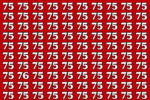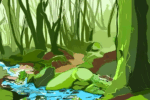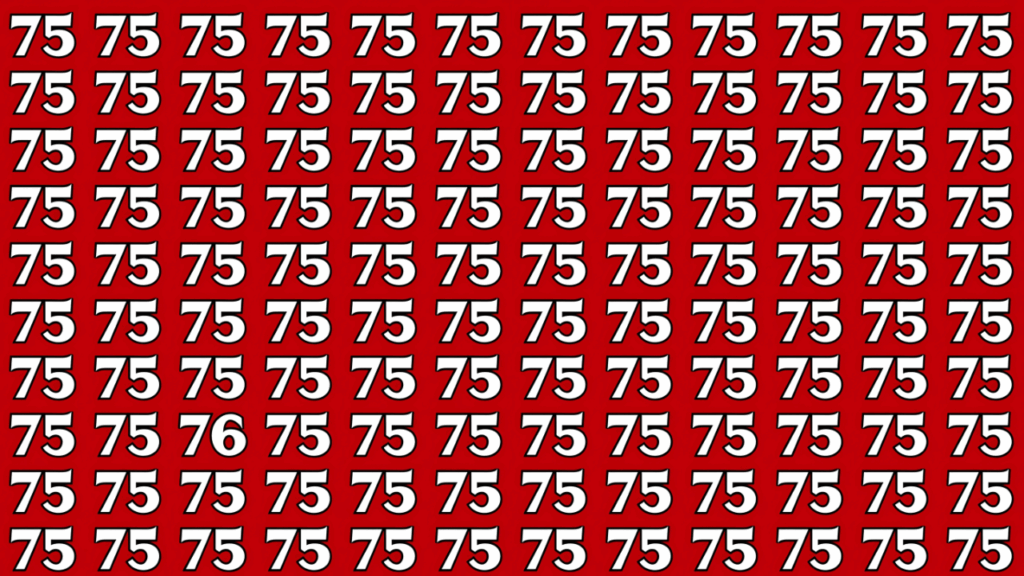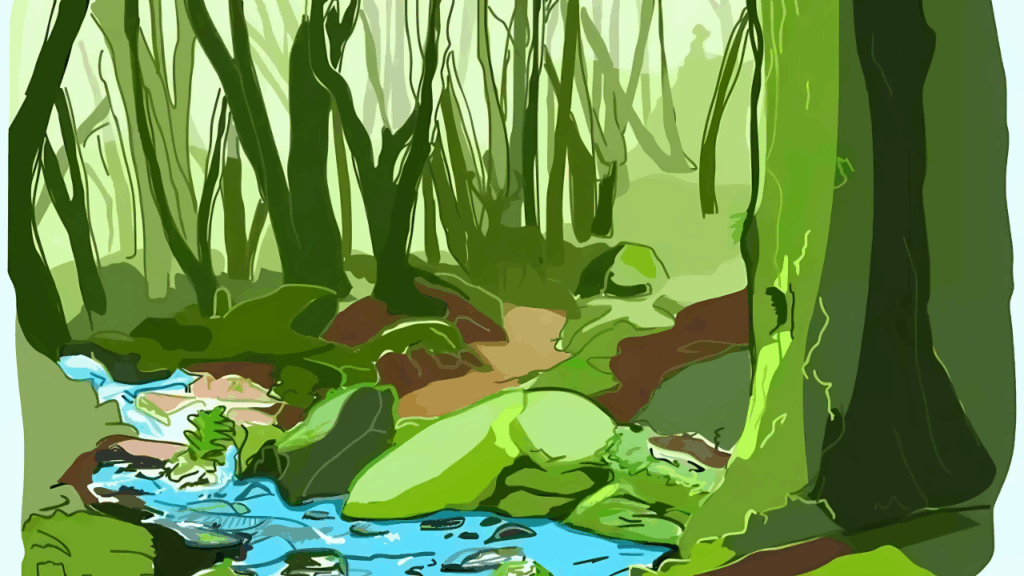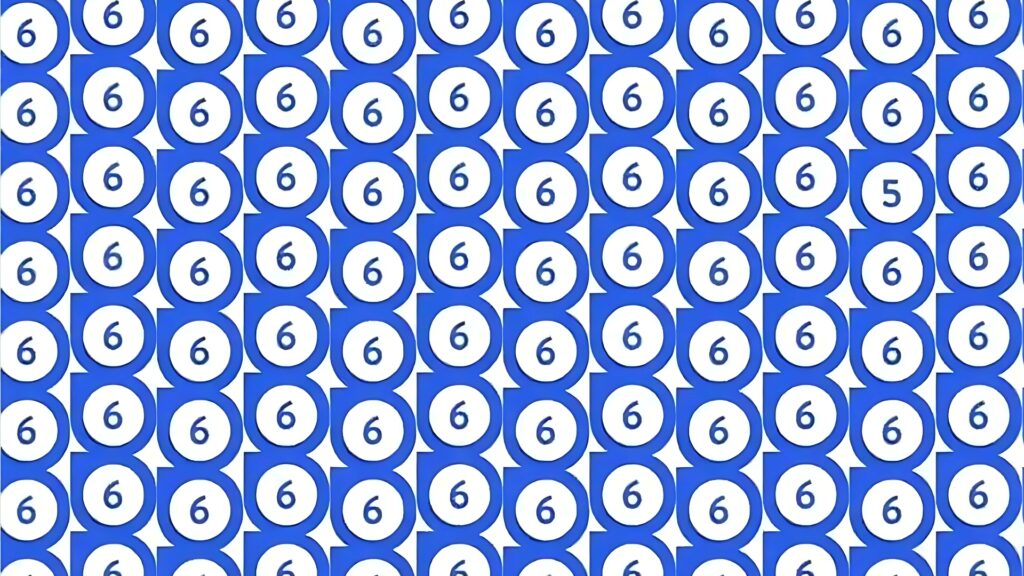Test your vision with this fun optical illusion Spot the Hidden Cave Among Gave in 5 Seconds. Have you ever stared at something so long your eyes started playing tricks? That’s exactly what happens with this deceptively simple word search puzzle. You might think finding one word among similar ones is easy, but your brain loves taking shortcuts.
The challenge seems straightforward – locate the word “CAVE” hidden among multiple instances of “GAVE” in just 5 seconds. Yet this little test reveals fascinating aspects of how our minds process visual information. Many people struggle to spot the difference immediately.
Table of Contents
Why These Puzzles Captivate Our Minds
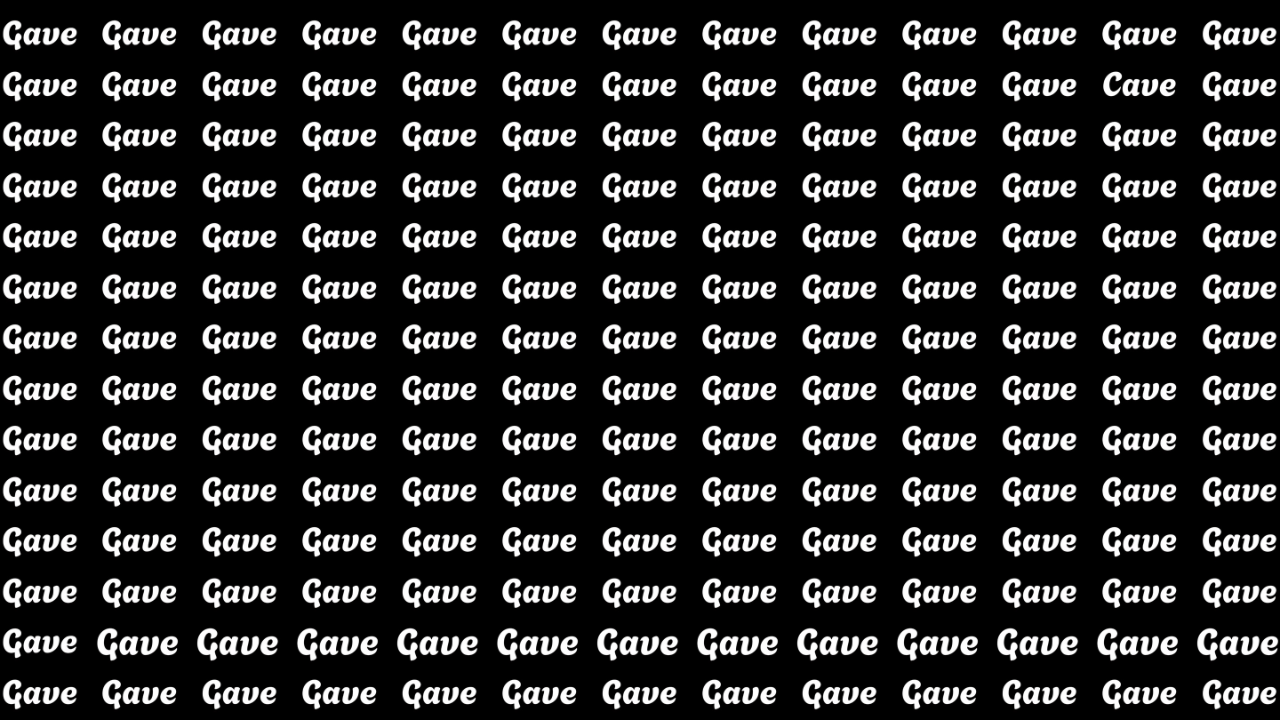
Optical illusions like this one aren’t just entertaining time-killers. They actually reveal important insights about our brain’s processing abilities. Our visual system constantly makes assumptions to help us navigate the world efficiently.
When confronted with patterns, our brains take mental shortcuts. This evolutionary advantage helps us quickly identify predators or food sources in nature. But these same shortcuts can trick us when solving puzzles designed to exploit our perception tendencies.

The Science Behind the Challenge
The similarity between letters “C” and “G” creates the perfect trap. Both letters have curved shapes with openings facing right, making quick differentiation surprisingly difficult. Your brain, eager to find patterns, categorizes both as essentially the same.
Research in cognitive psychology shows that when scanning text, we often don’t read every letter individually. Instead, we recognize word shapes and patterns. This efficient but sometimes flawed system explains why many readers miss the “CAVE” despite looking directly at it.
How This Challenge Tests Your Observation Skills
This seemingly simple word search evaluates several cognitive abilities simultaneously:
Pattern Interruption Recognition
Your ability to spot the “CAVE” among “GAVE” depends on noticing pattern disruptions. Those with highly developed interruption recognition can identify the outlier faster. This skill proves valuable in many real-world scenarios, from proofreading documents to identifying security threats.
People who excel at noticing pattern breaks often perform better in detail-oriented professions. Their brains have developed heightened sensitivity to inconsistencies that others might overlook. This natural talent can be strengthened through regular practice with similar puzzles.
Visual Processing Speed
The 5-second time limit adds another dimension to the challenge. Some individuals process visual information remarkably quickly, allowing them to scan the entire image efficiently before time expires. Others might need longer to methodically examine each word.
Your processing speed connects to various factors including age, practice, and natural ability. Young children typically take longer because their visual processing pathways are still developing. Regular engagement with visual puzzles can improve this capacity over time.
Did You Find It? The Solution Revealed
If you located “CAVE” within the time limit, congratulations! Your visual processing abilities and pattern recognition skills are likely above average. The word appears in the upper right section of the image, subtly different yet easily missed.
Many people feel frustrated when they can’t find the word within five seconds. Don’t worry – this is completely normal. Our brains aren’t designed to immediately detect minor variations when surrounded by overwhelming similarity.
Optical Illusion Answer
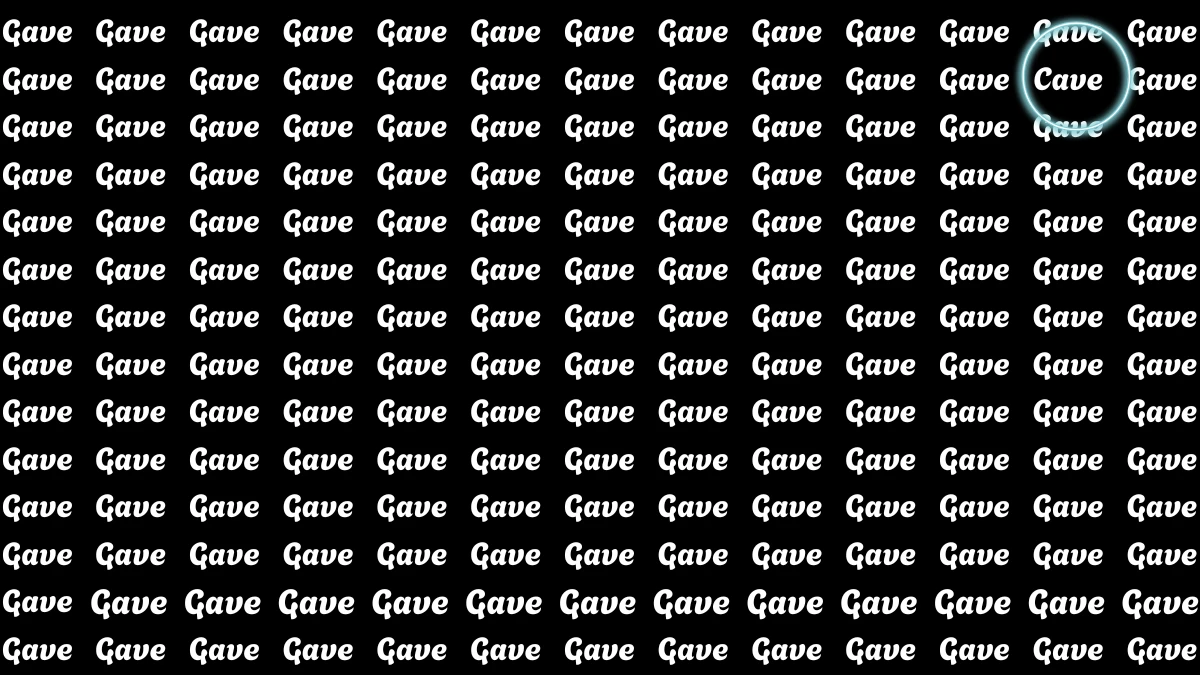
What Your Performance Indicates
Those who spotted “CAVE” quickly often excel at other observation-based tasks. This heightened visual acuity serves them well in professions requiring attention to detail. From quality control to forensic analysis, sharp visual discrimination provides significant advantages.
If you didn’t find it immediately, remember that different brains excel at different tasks. Some people process verbal information more efficiently than visual patterns. Others might have remarkable spatial reasoning but struggle with text-based challenges.
Benefits of Regular Visual Puzzles
Incorporating optical illusions and similar challenges into your routine offers surprising cognitive benefits. These exercises strengthen neural pathways involved in visual processing and attention. Many brain training programs include them for good reason.
Regular practice improves your brain’s filtering mechanisms. You’ll become better at distinguishing relevant details from background noise. This enhanced perceptual ability transfers to everyday activities from driving to reading complex materials.
Building Cognitive Resilience
Challenging your brain with varied puzzles helps build cognitive reserves. Like cross-training for your mind, different puzzle types exercise distinct mental muscles. This diverse approach creates stronger, more flexible thinking patterns.
The mental flexibility developed through puzzles like this one contributes to cognitive longevity. Research suggests people who regularly engage with mind-challenging activities maintain sharper thinking abilities as they age. Your brain, like any muscle, grows stronger through consistent exercise.
Creating Your Own Word Search Challenges
Inspired to test friends and family? Creating similar challenges is surprisingly simple. Choose words with minimal letter differences (like “house” and “mouse”) and arrange them in grid patterns. The key lies in making differences subtle but not impossible to detect.
Digital tools make custom puzzle creation easier than ever. Many websites offer free templates where you can input your chosen words and generate printable challenges. These personalized puzzles make engaging activities for gatherings or classroom exercises.
Frequently Asked Questions
Why is it so hard to find “CAVE” among “GAVE”?
Our brains process patterns efficiently by taking shortcuts, often overlooking minor differences between similar letters like C and G.
Does performance on this test indicate overall intelligence?
No, it primarily measures specific visual processing abilities rather than general intelligence.
Can I improve my performance on these challenges?
Yes, regular practice with similar visual puzzles can enhance pattern recognition and processing speed.
Are these skills useful in everyday life?
Absolutely! Enhanced visual discrimination helps with reading, driving, spotting errors, and numerous professional tasks.
Why do some people find it instantly while others struggle?
Individual differences in visual processing, attention patterns, and cognitive strengths create varied performance levels.
Do optical illusions have any educational value?
Yes, they demonstrate important principles about perception and cognition while engaging learners in an entertaining way.
The next time you encounter a visual puzzle like this one, remember you’re not just playing a game – you’re exercising crucial brain functions. Whether you spotted “CAVE” immediately or needed extra time, each attempt strengthens your mental abilities in subtle but meaningful ways.
So go ahead, challenge yourself with more optical illusions. Your brain will thank you for the workout!
